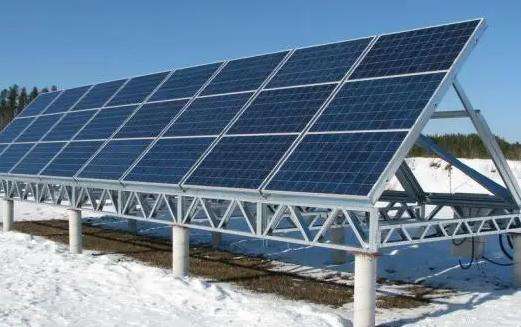Green electricity refers to electricity from renewable energy sources. Green electricity does not require the consumption of coal, oil, natural gas and other fuels during the production process and therefore produces little or no environmentally harmful emissions.
Conventional thermal power generation not only consumes a large amount of energy, but also produces a large amount of environmentally harmful emissions, such as nitric oxide, carbon dioxide nitrogen and sulfur dioxide.
Producing green electricity requires the use of specific energy production equipment, such as wind turbines, photovoltaic solar cells, etc. These equipment can convert renewable energy sources such as wind energy and solar energy into electrical energy.
Green energy includes wind power, solar power generationphotovoltaic, geothermal energy production, energy production by biomass gasification and small hydroelectricity.
China's electricity supply exceeds demand and environmental pollution is serious, so the development of green electricity is of great significance. Taking the capital Beijing as an example, the annual electricity consumption is around 30 billion kilowatt hours, of which 94% comes from coal-fired electricity generation. Nearly 10.35 million tons of carbon dioxide and 146,000 tons of nitrogen dioxide and sulfur dioxide are emitted each year.
In 2008, the Green Olympics were held in Beijing. The Green Olympics requires green energy, and there is no shortage of green energy supplies in the provinces surrounding Beijing. Inner Mongolia is rich in wind resources and Inner Mongolia Wind Power Company has the capacity to fproviding reliable, high-quality green energy to Beijing.
Green electricity is called green electricity.














